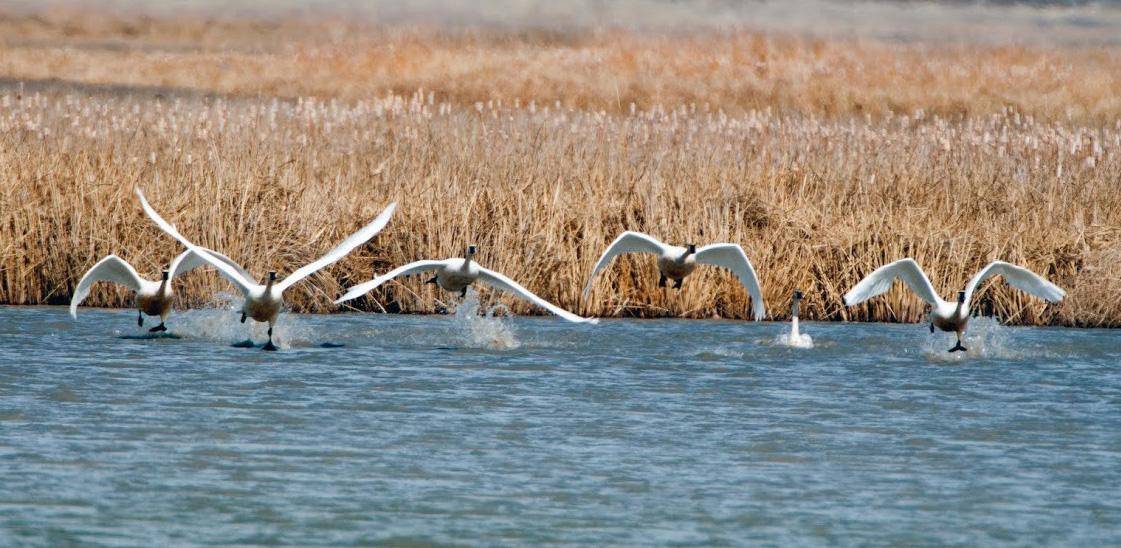DWR News Release
Utah’s swan hunting season has closed 24 days early after the federal quota of 20 trumpeter swans was met on Nov. 17. This is the fourth consecutive year that the swan hunt had to be closed early. Starting Nov. 18, hunters are prohibited from killing any swan in Utah.
The 2022 swan hunting season opened on Oct. 1 and was scheduled to run until Dec. 11, but closed early after the 20th trumpeter swan was harvested. Previously, the limit for trumpeter swan harvest in Utah was set at 10 swans, but the U.S. Fish and Wildlife Service increased that number to 20 swans in 2019.
“This is the fourth year in a row that we have seen a higher number of trumpeter swans harvested because there are more migrating through Utah than in previous years,” Utah Division of Wildlife Resources Migratory Game Bird Program Coordinator Heather Talley said.
Utah is one of only nine states in the U.S. that allows hunting for swans. Due to the low population size of trumpeter swans in the Greater Yellowstone area, the U.S. Fish and Wildlife Service sets an annual harvest quota for the number of trumpeter swans that can be harvested in Utah.
Utah’s swan hunt requires a permit, which is only available through a hunt drawing, and 2,750 permits were offered this year. Hunters with a permit can legally take one trumpeter or tundra swan; however, hunters are discouraged from harvesting trumpeter swans. In December 2021, the Utah Wildlife Board voted to mandate a waiting period for anyone who harvests a trumpeter swan. The waiting period prevents you from obtaining another swan permit in Utah for five years, if you’re an adult, and for three years, if you’re a youth. Anyone hunting swans in Utah must also take a required annual orientation course before they can apply for a swan permit.
“We realize the early closure of this year’s hunting season means that some permit holders may not harvest a swan, but we appreciate their understanding and support of our efforts to protect the trumpeter swan population,” Talley said.
Trumpeter and tundra swans both migrate through Utah and can be identified by size, physical markings and sound. Trumpeter swans are significantly larger than tundra swans. Trumpeter swans do not have a yellow-colored area near their eyes, and they also make a distinctive trumpet-like sound, hence their name.
Hunters who harvested any species of swan are required to check in the bird at a DWR office or at the Bear River Migratory Bird Refuge office within 72 hours of harvest. Hunters who didn’t harvest a swan before the season was closed will not be refunded the permit fee or have their preference points reinstated.

